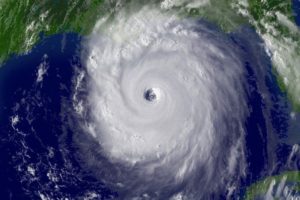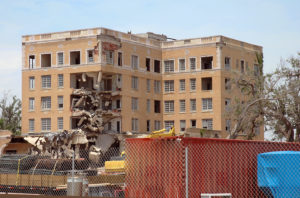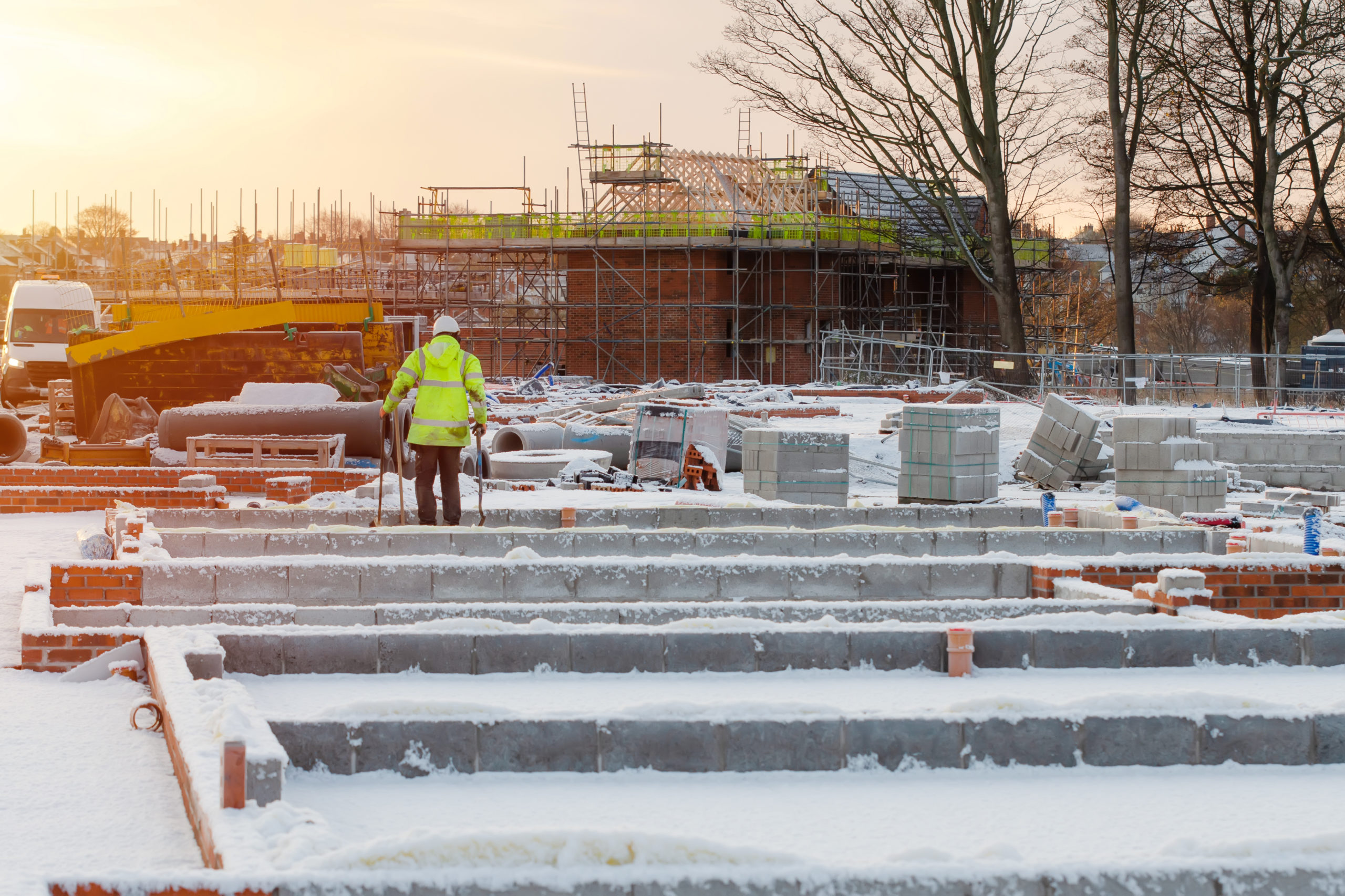Are You and Your Business Ready for the Next Hurricane?
 June 1 marked the beginning of the 2017 Hurricane Season, and meteorologists anticipate it to be a busy season. In the Atlantic, an estimated 11 to 17 storms are predicted to be named, with five to nine storms becoming a hurricane, according to the National Oceanic and Atmospheric Administration (NOAA).
June 1 marked the beginning of the 2017 Hurricane Season, and meteorologists anticipate it to be a busy season. In the Atlantic, an estimated 11 to 17 storms are predicted to be named, with five to nine storms becoming a hurricane, according to the National Oceanic and Atmospheric Administration (NOAA).
There are a few things you and your business should be aware of when it comes to preparing for this hurricane season, including two major changes to forecasting storms and six things your business should do to prepare for the storms.
Major Changes Expected for This Year
One of the new changes from NOAA that we may see is that advisories can now be issued for systems before they even form, and will be referred to as potential tropical cyclones. The advisory will only be issued for systems that may develop hurricane force winds to land within 48 hours.
 The second change includes the ability to issue storm surge watches and warnings along the US coastlines, which are similar to hurricane watches and warnings.
The second change includes the ability to issue storm surge watches and warnings along the US coastlines, which are similar to hurricane watches and warnings.
To put things in perspective, just because a hurricane is labeled Category 1 does not mean that you should dismiss the dangers associated with the hurricane. In 2016, Hurricane Matthew ranged from Category 1 to 5. By the time the storm reached the Carolinas, Hurricane Matthew was at Category 1 and 2. However, torrential rainfall, flash flooding, and storm surges caused significant damage along the coast of North and South Carolina.
Is Your Business Prepared?
It’s never too early to start preparing for a hurricane or other natural disasters such as flash flooding, tornadoes, severe weather or tropical storms. It only takes one disaster to disrupt your business and cause significant damage.
Here are few tips to help prepare you and your business for natural disasters:
- Develop an Emergency Action Plan. Train your staff on what to do in case of weather emergencies. It is also best to review your EAP every year, as business operations may have changed. An Emergency Action Plan should include information regarding:
- Evacuation routes and procedures
- Critical plant operations
- Backing up critical information and company data records
- Accounting for evacuees
- Emergency Action Communication
- Rescue and medical duties
- Procedures for reporting emergencies
- Know Your Hazards. Conduct a risk assessment and walk around the interior and exterior areas of your facility to note any potential hazards should damage occur. Are trees close to power lines or the building? Do you have a shelter in place location away from windows and exterior walls? Are there items outside that could become airborne and cause damage? Could you be exposed to hazardous gases or materials?
- Review Insurance Coverage. Meet with your insurance provider to ensure you have adequate coverage for your area. Make sure that any large or expensive equipment is included in the coverage. Also, take the time to review your personal homeowners insurance. Do you have flood insurance? Are you required to have flood insurance?
- Take Inventory of Equipment. Document, photograph or video all equipment that is mandatory for your business to operate. Note the type of equipment, model numbers, serial numbers and date of purchase. Equipment could include computers, large scale printers, forklifts, or any other specialized equipment. If you hold inventory, keep records of inventory on hand. This documentation may make it easier should you have to file a claim for damages.
- Back Up All Data. Most businesses have a server that automatically backs up their data every few days or weeks. In the event of a severe weather alert or hurricane warning, it would be best to have a Plan B. Talk to the IT department about a cloud-based back up system, in case the server itself is damaged.
- Know Who to Call. After a catastrophic event, many business owners are at a loss for what to do. If structural damage or flooding occurred, then water damage has most likely occurred. To mitigate losses, business owners should contact a reputable restoration contractor or large loss professional, in addition to insurance providers. Meeting with a professional before hand may make things easier in the long run. The professional will be familiar with your facility and restoration needs.
If you have more questions about conducting a risk assessment or what to do after a natural disaster strikes, Call SRP Environmental 24/7 at (866) 222-4972. The SRP Disaster Response Team has a large network of roofers, restoration contractors and mold remediation contractors to assist you in getting your business back up and running. With eight convenient locations in Charlotte, Dallas, Denver, Honolulu, Long Beach, Midland, Shreveport and Pittsburgh, SRP will be able to mobilize crews within 24 hours of a catastrophic event.

 ">
">
 ">
">